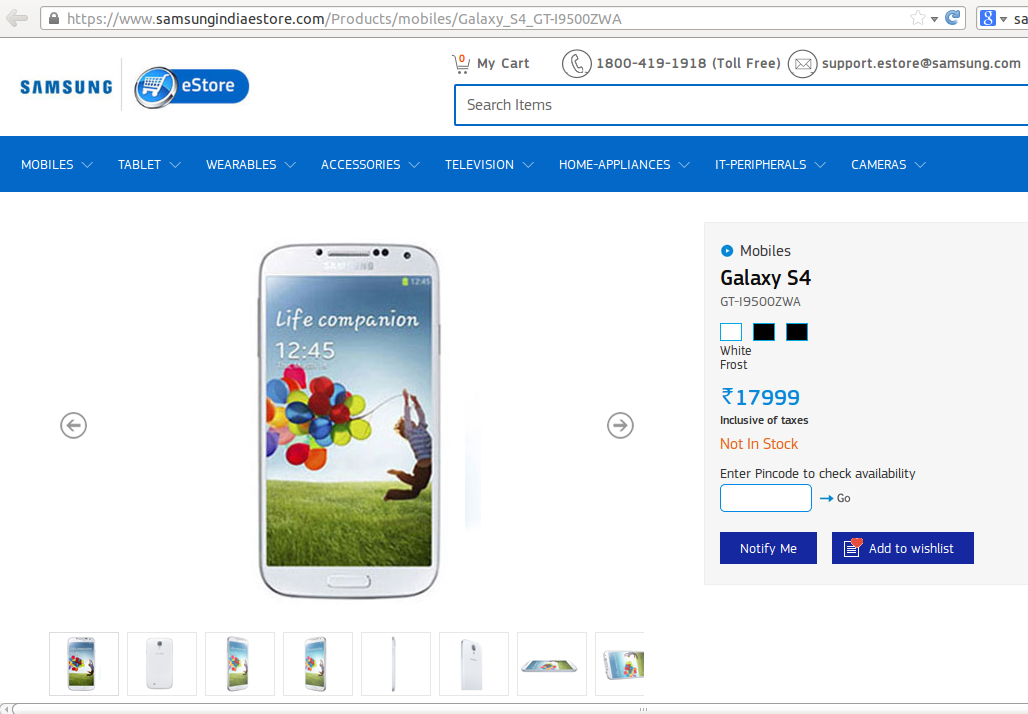The makers of Chetak in its new avatar are calling it a marvel of riveting design, precision engineering and flawless manufacturing thus making it a global benchmark in electric scooters. As per Bajaj Auto, the pioneering product is a homage to a glorious past as well as harbinger of a promising future.
More than just a scooter, the original Chetak pioneered personal transportation and fulfilled the aspirations of generations of Indians. It enjoyed unprecedented popularity with waiting periods exceeding 10 years and a resale value greater than its purchase price! Over 1.3 crore Chetaks were sold in India and its popularity earned it the endearing sentiment of ‘Hamara Bajaj’. The new Chetak, however, is poised to lead Electric Vehicle (EV) adoption and transformation in India and across the world for a better ‘Hamara Kal’.
The EV flaunts an iconic design with a beauty as simple lines and smooth surfaces are woven together softly to create a classic style that democratises distinctiveness. The modern day scooter has been updated with exquisite detailing, the use of premium materials and finishes, and a choice of six eye-catching colours that embellish its familiar form to achieve exceptional visual delight and touch and feel quality.
Featuring a hypnotic horseshoe shaped LED headlight with DRLs, it comes with feather touch activated electronic switches and sequential scrolling LED blinkers. A large digital console intuitively displays vehicle information with crisp clarity. Moreover, fine craftsmanship is visible in the smallest of details - from handlebar grips, levers and mirrors, to the softly opening of the glove box and the damped seat closure mechanism.
At the heart of the vehicle is an IP67 rated high-tech Lithium Ion battery with NCA cells. The battery is easily charged using a standard household 5-15 amp electrical outlet. The on-board Intelligent Battery Management System (IBMS) controls charge and discharge seamlessly. Additionally, an elegant home-charging station is available at a nominal cost.
The Chetak offers two drive modes (Eco, Sport) and a reverse assist mode to ensure that all the demands of a rider are satisfied. Regenerative braking via an intelligent braking system that converts braking heat into kinetic energy helps maximise its range.
The scooter offers a fully-connected riding experience by virtue of being embedded with mobility solutions like data communication, security and user authentication that will enable customers to have a seamless ownership and riding experience. The Chetak mobile app gives the rider a comprehensive overview of all aspects of his / her vehicle and its ride history.
A rigid frame clad with sheet metal body panels and a tubular single sided suspension vest the Chetak with the uncompromising strength and durability that it is famous for. The powertrain similarly employs a unique single-sided cast aluminium swing arm which houses the traction motor that drives the wheel through a high-efficiency automated gear box.
 |
| Nitin Gadkari, minister of road transport and highways, Rajiv Bajaj, MD, Bajaj Auto Ltd and Amitabh Kant, CEO, Niti Ayog unveiling the all new Bajaj Chetak Electric Vehicle |
The new Chetak will over 2020 find presence beyond the shores of India, across the relevant markets of Europe. It is born and bred to go beyond the objective of earning some valuable foreign exchange exporting our cost competitiveness towards a higher purpose of acquiring a fine reputation for our skills in the most ferociously competitive international arenas.
To be available in two variants, with each offering a range of 85 km and 95 km respectively, Bajaj Auto will officially launch the EV in January 2020. The company will also disclose the pricing and availability related details then.














